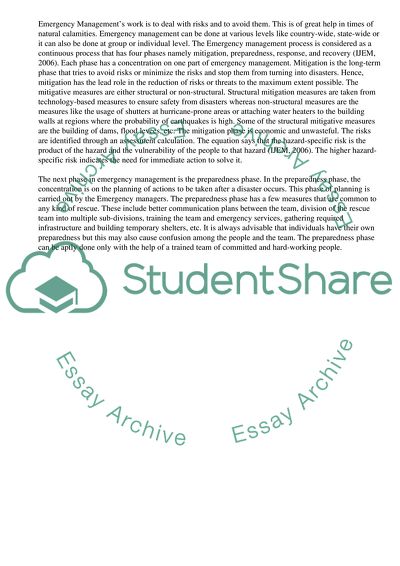Cite this document
(Emergency Management Essay Example | Topics and Well Written Essays - 1750 words, n.d.)
Emergency Management Essay Example | Topics and Well Written Essays - 1750 words. https://studentshare.org/management/1517290-emergency-management
Emergency Management Essay Example | Topics and Well Written Essays - 1750 words. https://studentshare.org/management/1517290-emergency-management
(Emergency Management Essay Example | Topics and Well Written Essays - 1750 Words)
Emergency Management Essay Example | Topics and Well Written Essays - 1750 Words. https://studentshare.org/management/1517290-emergency-management.
Emergency Management Essay Example | Topics and Well Written Essays - 1750 Words. https://studentshare.org/management/1517290-emergency-management.
“Emergency Management Essay Example | Topics and Well Written Essays - 1750 Words”. https://studentshare.org/management/1517290-emergency-management.


